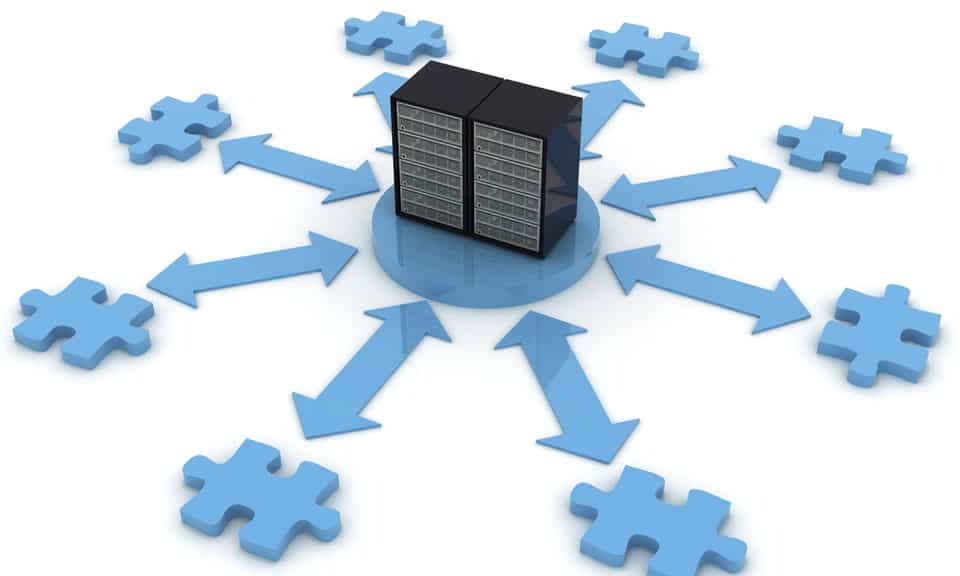Today we will take a look at input devices for Data Acquisition (DAQ) systems. If you are new to DAQ, or are coming to it afresh after some time away, it’s worth reminding yourself of the basic parts of DAQ systems.
Essentially, most DAQ systems incorporate three components – the sensors that take a real-world phenomenon and turn it into an electrical signal, a card or other device that aggregates and sometimes amplifies these inputs, and then the computer terminal which is used to analyse the data produced.
Input devices are therefore at the heart of DAQ systems, taking the input from many sensors, aggregating them, and then passing them to software for analysis. Nowadays, many input devices are able to perform quite sophisticated manipulation of signals before passing them to software, and these devices range widely in terms of performance and extra features.
It is impossible, of course, to recommend the perfect DAQ input device for your purposes, because the sheer range of systems that now have DAQ systems incorporated in them means that each system is unique.
Nevertheless, there are three broad types of data input device, and it worth knowing the differences between them:
Direct Output
This is the way it used to be done, in the bad old days before modern systems. Typically, in a factory 20 years ago, each sensor would be hard-linked to a dedicated computer terminal. There were many problems with this approach, not least the expense of having individual terminals for each sensor, and replacing these every time the factory’s environment killed them.
Today, this is not a serious consideration for most DAQ users, unless you have very specific requirements that necessitate a direct hardware link.
DAQ Cards
When DAQ cards were invented a few decades ago, they were hailed as a revolution in DAQ systems. The advantage over older systems was certainly pronounced – one card inside a computer could take and aggregate inputs from multiple sensors, and this significantly cut down the cost of DAQ systems.
As DAQ cards developed, the number of inputs they could receive increased year on year, and multi-channel DAQ systems became commonly used. The low initial investment also meant that many companies who had never used DAQ systems before started to implement them.
In addition, as DAQ cards developed, more and more sensors and software systems were made compatible with them, which helped them to become the industry standard DAQ input device for many years.
Portable DAQ Units
Today, however, DAQ cards are themselves being replaced with portable, discrete DAQ units. These devices incorporate all of the advantages of DAQ cards, being massively multi-channel and able to accept a huge range of input types, but also have a few features that give them the edge.
Many of these new devices are able to output data via wi-fi, for instance, using already existing infrastructure as a medium to collect DAQ data, and further cutting costs. This also makes them portable, obviating the need to disassemble machinery to access DAQ data.
All in all, it is expected that these portable DAQ input devices will eventually replace DAQ cards in the vast majority of situations.

